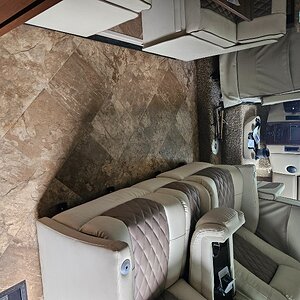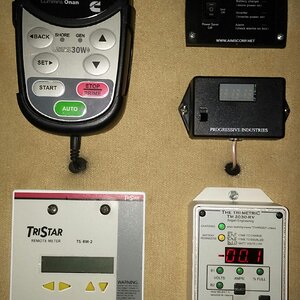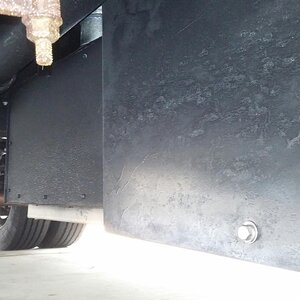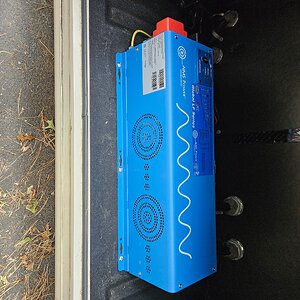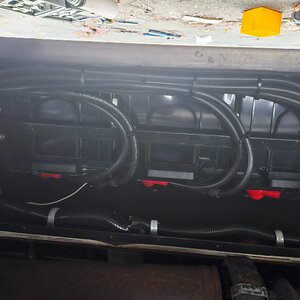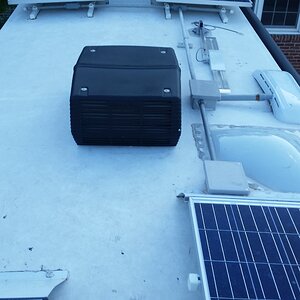Neal
Administrator
- Joined
- Jul 27, 2019
- Messages
- 13,804
- Location
- Midlothian, VA
- RV Year
- 2017
- RV Make
- Newmar
- RV Model
- Ventana 4037
- RV Length
- 40' 10"
- Chassis
- Freightliner XCR
- Engine
- Cummins 400 HP
- TOW/TOAD
- 2017 Chevy Colorado
- Fulltimer
- No
As I'm walking dawwwg I pass by the dump station. Not sure if you can read the two signs in the soon to be attached photo but one water line is non-potable, the other says potable and not to be used for flushing tanks. So that brings up the question, there must be a problem with flushing tanks with potable water lines, what about those that use the city water connection at a camp site to flush their tanks? I actually converted my wet bay "shower" to hot and cold spigots and use the hot spigot to do the black tank rinse. I've never seen a campground outline a policy in the brochure that city water lines are not to be used for tank flushing. Maybe they should? But that would mean every RV that wanted to rinse their tank would have to do so at a dump station and we know that wouldn't be a pretty site.
So what is the deal with separating water at a dump station when those that don't use dump stations rinse their tanks at their site? Do we have a problem here??

So what is the deal with separating water at a dump station when those that don't use dump stations rinse their tanks at their site? Do we have a problem here??


